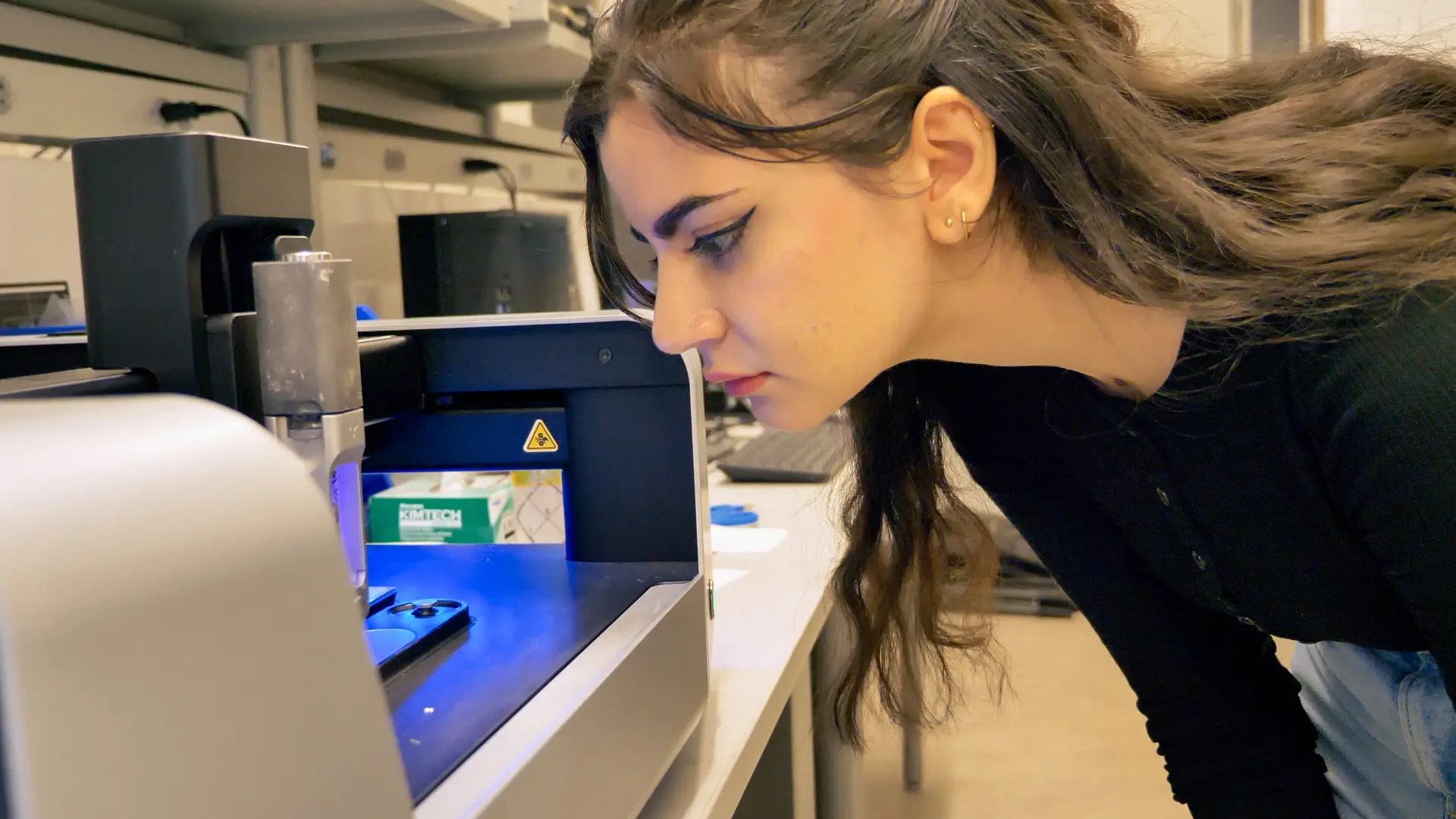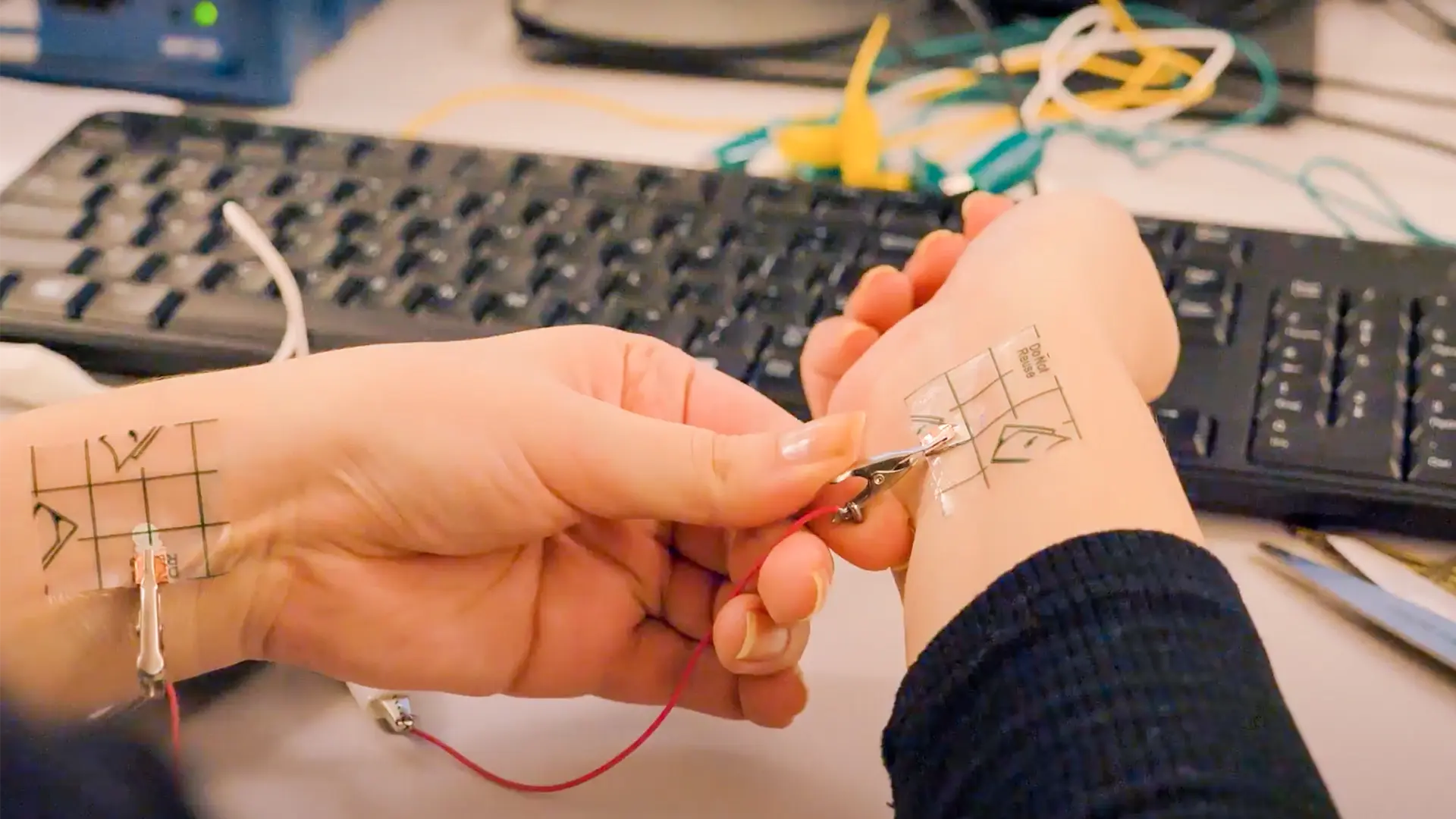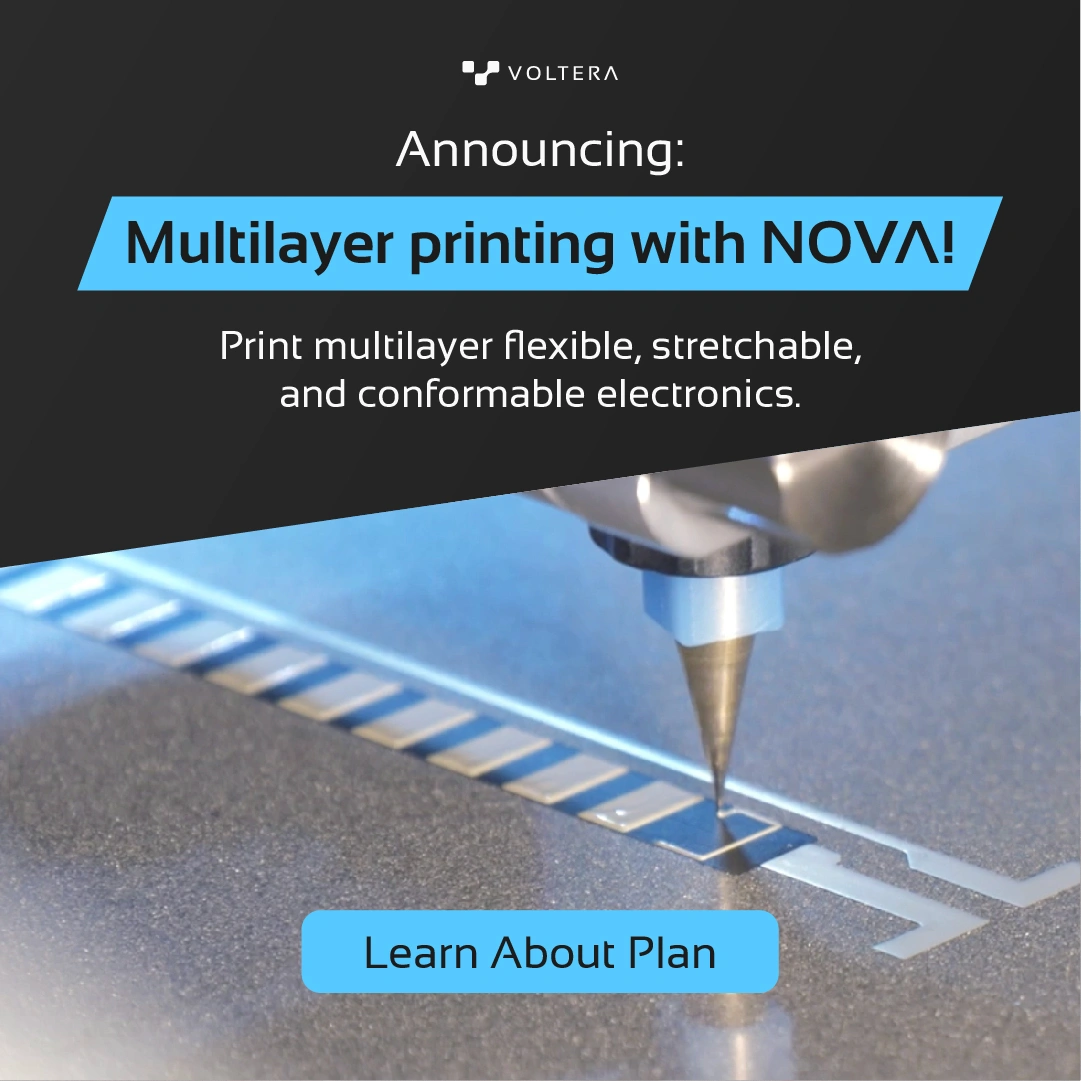Ask an Expert: Talking Applications with Rudy Ghosh from NovaCentrix
On the last edition of Ask an Expert, I spoke with ink formulator Mike Mastropeitro from ACI for a discussion about the finer points of conductive ink manufacturing and capability. For this conversation, I turned to someone who's heavy into the applications side of additive electronics.
Rudy Ghosh, Technical Program Lead at NovaCentrix, works with external partners to find printed electronics solutions to their problems. I sat down with him to talk about the surprising overlap between hybrid/flexible electronics and cooking, and how additive electronics could become completely conventional technology within this decade.
Applications at NovaCentrix
Tell us a bit about yourself and the applications team at NovaCentrix.
NovaCentrix’s ideology is “Inspire. Innovate. Deliver.” The role of our applications team, with myriad technology backgrounds and advanced degrees, is ultimately customer facing; allowing us to be the bridge between customers, technology partners, and internal development teams. This unique relationship keeps us true to our philosophy of not only inspiring, innovating for, and delivery to customers – but enabling them to succeed in the same way. It’s a true partnership.
As Technical Program Lead, my focus is introducing lab innovations for customer-ready products. The past few months have been exciting for us as we expand our PulseForge tool capabilities to SMEMA compliant SMT soldering tools. It’s proving to be a disruptive technology for manufacturers in the additive and flexible electronics space.
Why additive electronics?
Why do you work in additive electronics? What gets you excited about your area?
As someone coming from a background of interdisciplinary research and collaboration, additive electronics just makes sense. If you think about the individual building blocks of additive electronics... electronic components, conductive inks, solders, substrates and the manufacturing processes, they are very mature. All we really need to do is take these well understood fields and combine them to innovate. What we get is a sum much larger than its constituent parts.
What's exciting about this field is the variety of approaches being pursued to make additive electronics reach maturity at an accelerated rate, and how they’re being adopted by a wide variety of consumers: from individual designers and tinkerers, to the world’s major companies. Personally, I think we are less than a decade away from additive and “conventional” electronics referring to the same materials and processes.
Common misconceptions
What is a common misconception you’ve encountered regarding additive/printed electronics?
One of the major issues I feel needs addressing is the use of the exact same quality standards for additive electronics being used for conventional electronics. If the end applications and manufacturing processes are vastly different, so should be the quality standards. Hybrid electronics systems are not just in the future, they are our present. Ongoing conversations between additive and conventional electronics experts and end users are needed to come up with standards that take all of this into account.
Education challenges
What is the biggest challenge you face in educating your customers about additive electronics, inks and their applications? Is there something in particular that often gets people excited?
We regularly educate our customers on the concept that “printing” is a really wide field. I use cooking as an analogy. Just like cooking encompasses everything from baking to frying to grilling and so on, so does printing. What dish you want at the end of the day is going to dictate the way you cook the food, as well as what ingredients you use (in the case of printing, these would be the conductive inks). And because food and cooking are such universal themes, when people start transferring the vastness of those possibilities in terms of printed electronics, they get really excited. And when I introduce the idea of fusion foods, and how in printed electronics that translates to previously incompatible substrates, inks and processes, the customers begin seeing a much bigger design space to play within. Very often, customers come to us with a specific product and process flow in mind. But after our initial technical discussions, they leave with what they feel is a much better end product, as well as a clear roadmap to get there.
Perks and challenges of the job
What makes your job difficult? What do you love about it?
I think, as with life, it’s the difficult things, the challenges, that we most love. In my customer facing role, I try to steer customers to the optimal solution, and then collaborate with them until they are comfortable with the process. That can be a challenging and at the same time satisfying progression. Also, I learn about incredible things our customers are planning to make, and I enjoy being hands on during the initial technical development phase; before handing it back to an inspired customer. Sometimes that means I don’t hear about further product developments until I’m pleasantly surprised at the grocery store, when I come across a packaging innovation we worked on, or see end products at electronics shows.
Improving the industry
If you could change one thing about the additive / printed electronics industry as a whole, what would it be?
I think the additive electronics industry has a really collaborative environment with startups, research labs, and large companies working together. There are multiple tradeshows and conferences we all attend. And there’s a lot of common long-term technical problems that we still need to solve, it would be great to have a common long-term road map the industry could collectively follow to solve these problems.

Check out our Customer Stories
Take a closer look at what our customers are doing in the industry.

